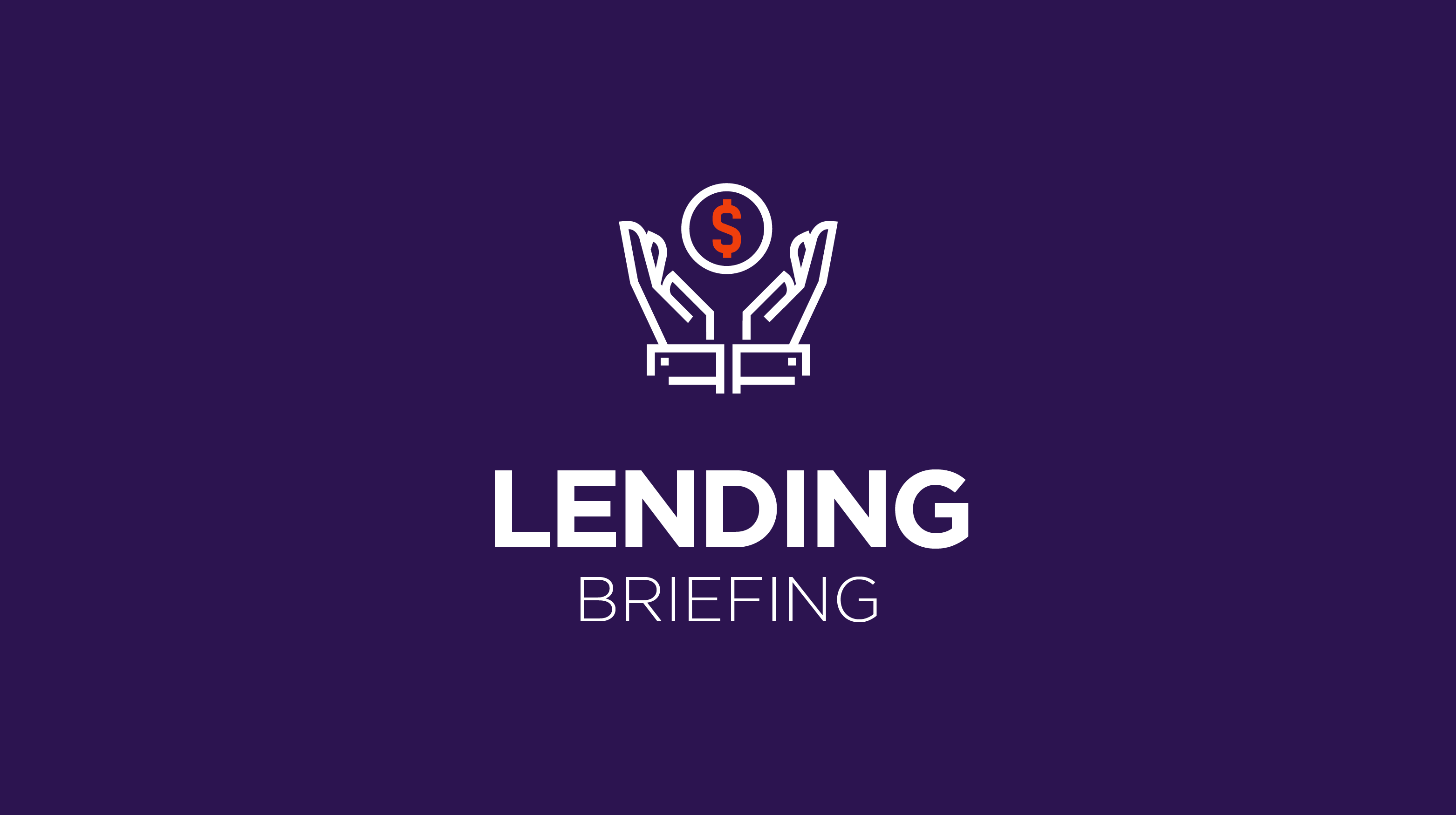Member Exclusive
Lending Briefing: Embedded lending with Finastra
- Embedded lending is growing as a market, and large banking providers like Finastra are developing BaaS solutions to start pooling together banks and merchants in order to bring more lending options to consumers.
- Elsewhere, we look at CashApp's new milestone, and how fintech lenders might be finding it hard to sell their loan books in a high interest rate environment.








